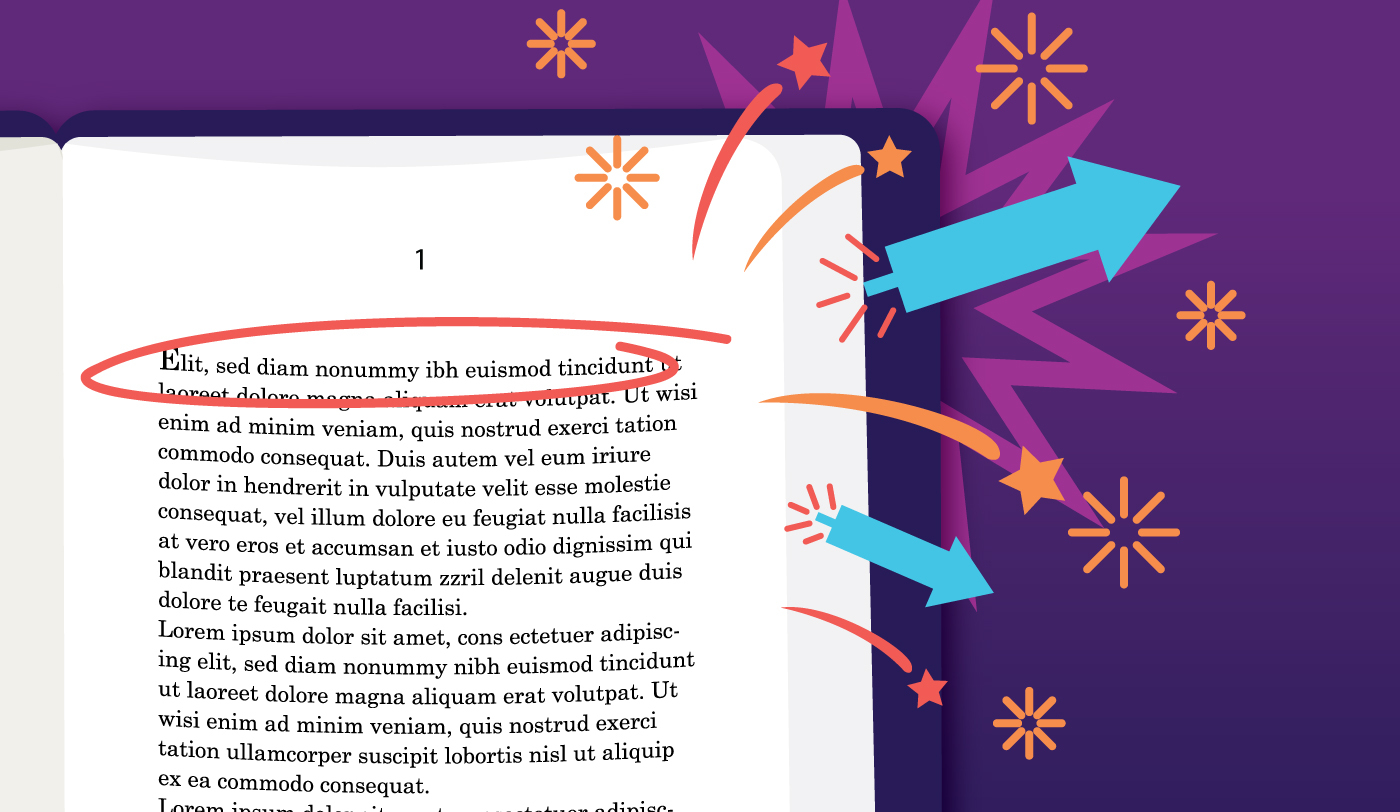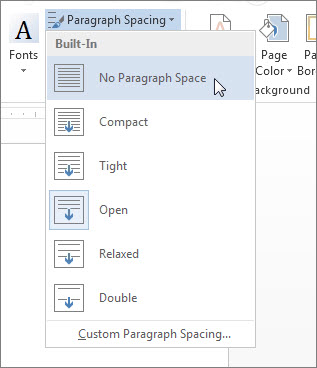
Without this transitional phrase, the connection between the two paragraphs can still be inferred, but it is now much less clear.Īs the above examples illustrate, effective paragraph transitions signal relationships between paragraphs.īelow are some terms that are often helpful for signaling relationships among ideas. The phrase “makes a similar point” signals this relationship. The transitional sentence signals that the new paragraph will further explore the idea expressed in the preceding paragraph. Paragraph opening without transitional cues Todd Gitlin comments on the “orderliness” of television news. Paragraph opening with transitional cues Todd Gitlin makes a similar point in commenting on the “orderliness” of television news. The press in this way establishes a subtle relation between narrative order and the perception or representation of political order. Notice the drop-off in clarity when the transitional term is omitted.Įxample 4: Paragraph Ending If the story concerns social crisis or disorder, more frequently than not this response will come from sources of official authority: the police quell the rioting, labor and management leaders reach an agreement, the State Department approves or condemns the latest coup d’état in South America. The single transitional term “but” signals this relationship. The transitional sentence signals that the new paragraph will challenge the assumption described in the preceding paragraph. Paragraph opening with transitional cues But the illusion of objectivity is a rhetorical device exploited by the filmmaker. Paragraph opening without transitional cues The illusion of objectivity is a rhetorical device exploited by the filmmaker. The passive camera seems to be a trustworthy witness, and so the viewer relies upon its apparent omniscience. It can be used continuously, appearing to reflect reality, and making few mental demands on the viewer.

Notice that without this transitional cue the relationship between the two paragraphs becomes less clear.Įxample 3: Paragraph Ending The camera-as-narrator is the usual viewpoint in film. In this example, the word “also” serves an important function. The transitional sentence signals that the new paragraph will provide another example of the phenomenon (changed mental habits) described in the preceding paragraph.

Paragraph opening without transitional cues Bruce Friedman, who blogs regularly about the use of computers in medicine, has described how the Internet has altered his mental habits. I’m just seeking convenience, but because the way I THINK has changed? Paragraph opening with transitional cues Bruce Friedman, who blogs regularly about the use of computers in medicine, also has described how the Internet has altered his mental habits. “What happened?” He speculates on the answer: “What if I do all my reading on the web not so much because the way I read has changed, i.e. With this version, readers are left on their own to infer the connection.Įxample 2: Paragraph ending “I was a lit major in college, and used to be voracious book reader,” he wrote. The transitional sentence signals that the new paragraph will seek to demonstrate that the phenomenon described in the preceding paragraph (Taylorism) is ongoing: it is “still” with us and “remains” the dominant workplace ethic.Compare this sentence with the one directly beneath it (“paragraph opening without transitional cues”). Paragraph opening without transitional cues Taylor’s system is the ethic of present-day industrial manufacturing. Paragraph Opening with transitional cues Taylor’s system is still very much with us it remains the ethic of industrial manufacturing.

OPENING WORDS FOR PARAGRAPHS MANUAL
Observe the loss in clarity when transitional signals are removed.Įxample 1: Paragraph ending Once his system was applied to all acts of manual labor, Taylor assured his followers, it would bring about a restructuring not only of industry but of society, creating a utopia of perfect efficiency. Pay attention to how each paragraph opening signals to readers how the paragraph relates to the one they have just finished reading. The examples below reproduce paragraph endings and openings. Let’s consider a few examples (drawn from published books and articles of paragraph transitions that work. describe a consequence or implication of the idea presented in the preceding paragraph.describe an exception to the idea presented in the preceding paragraph.describe a problem with the idea presented in the preceding paragraph.elaborate on the idea presented in the preceding paragraph.The transition signals the relationship between the “new information” and the “old information.” Effective paragraph transitions signal to readers how two consecutive paragraphs relate to each other.


 0 kommentar(er)
0 kommentar(er)
